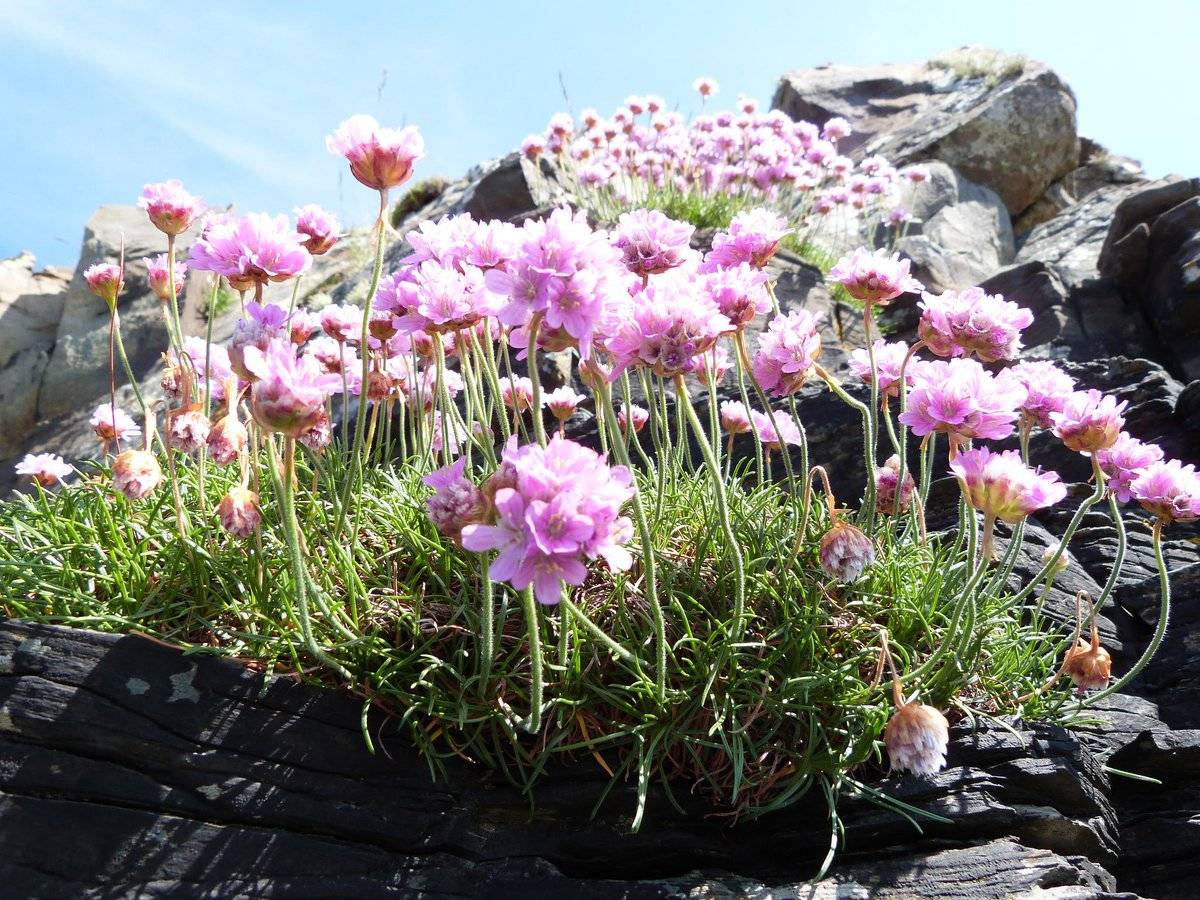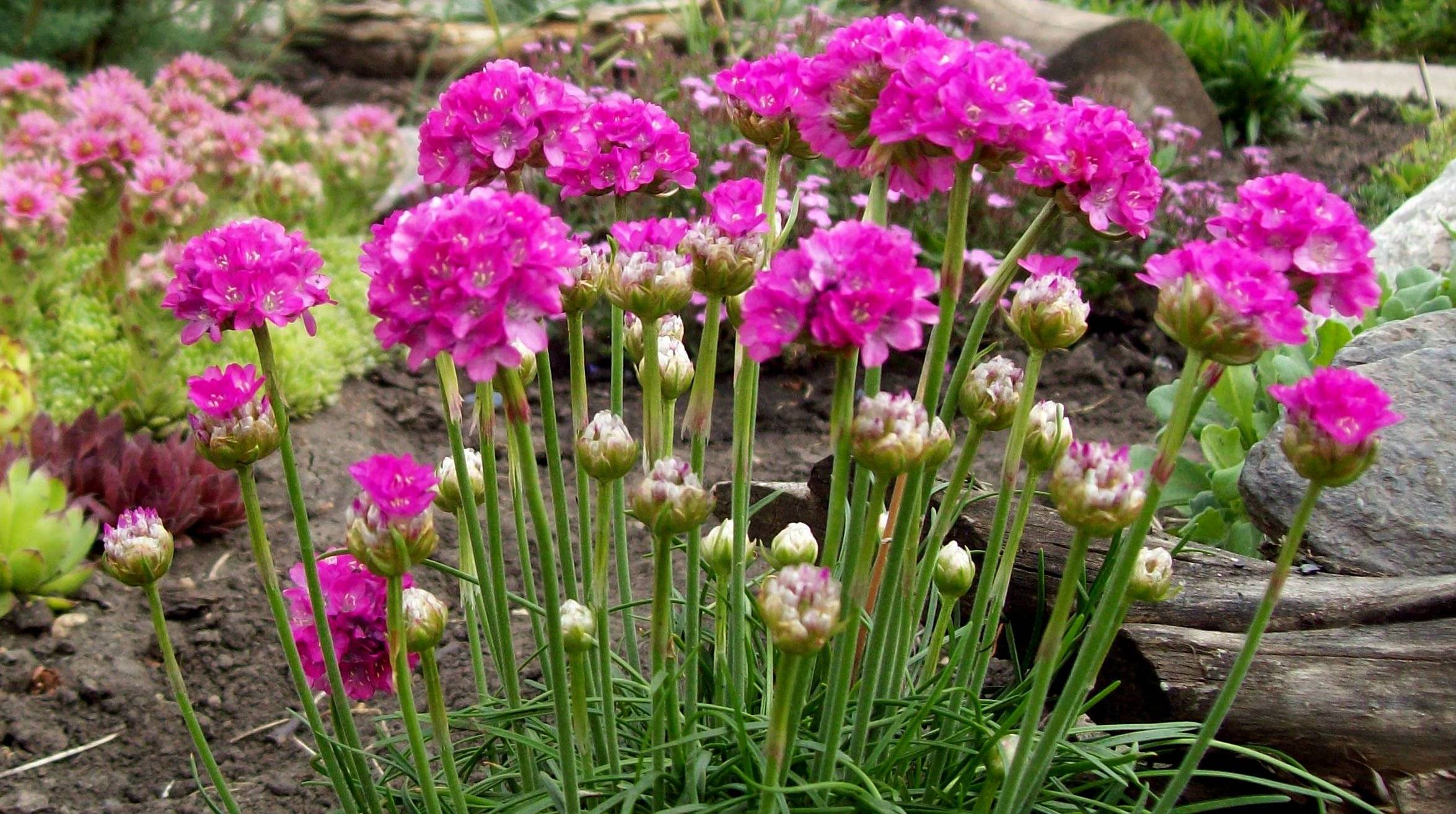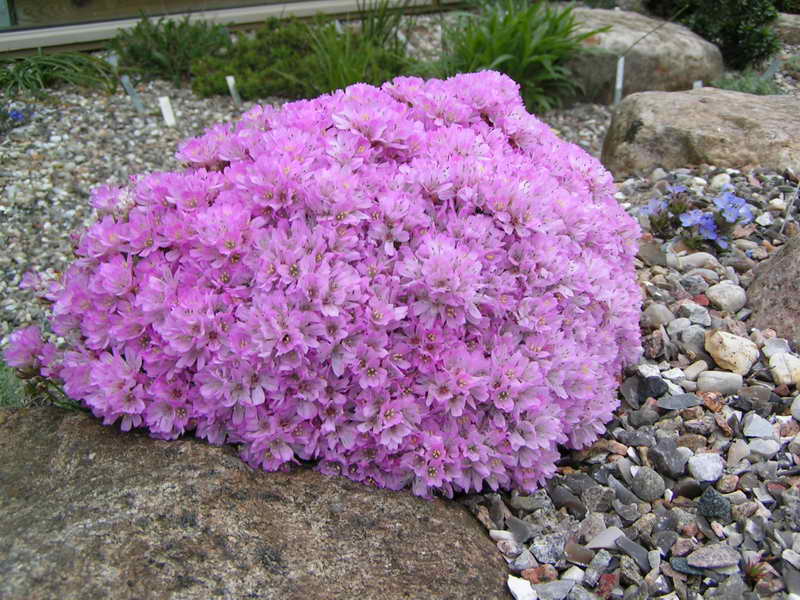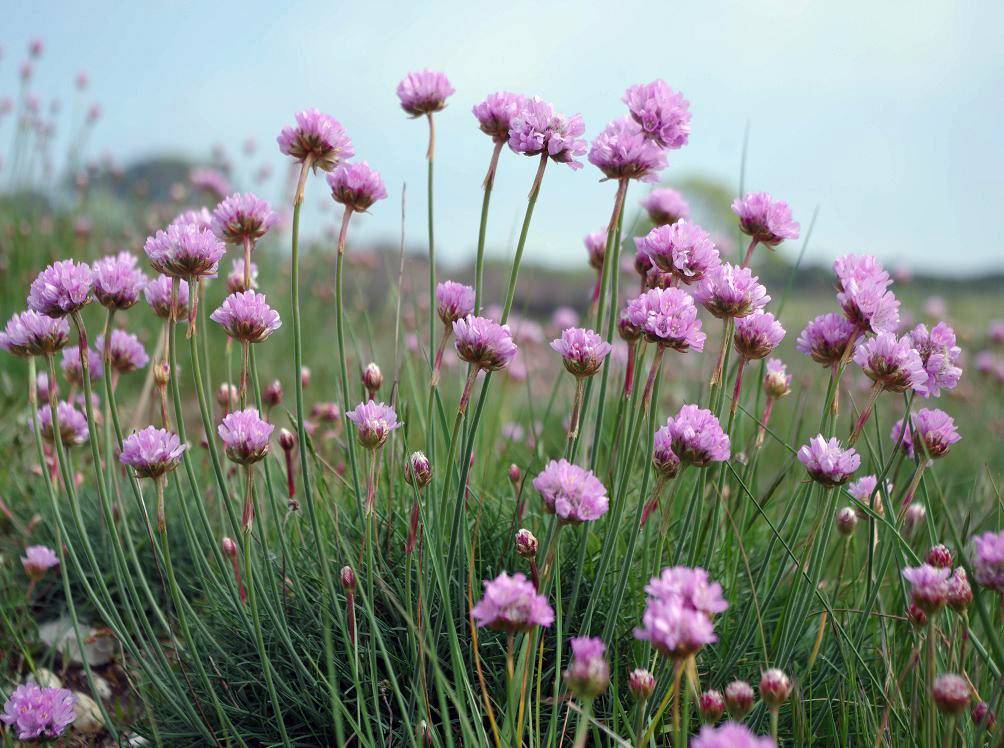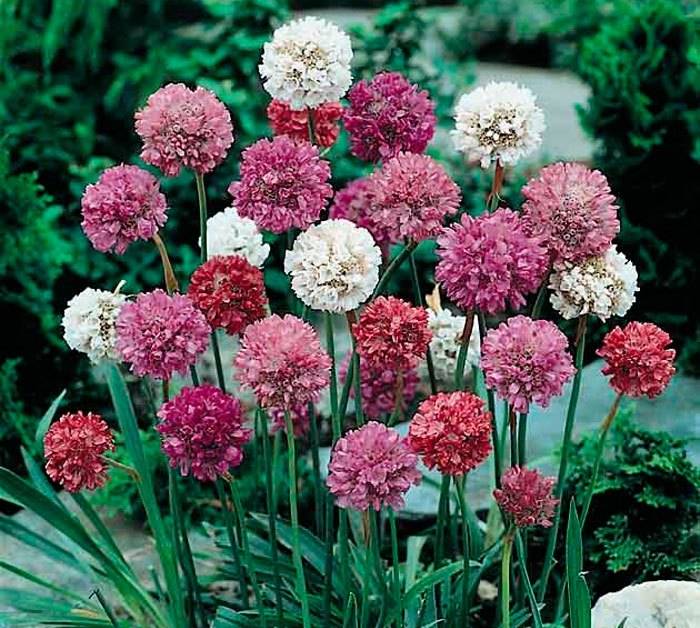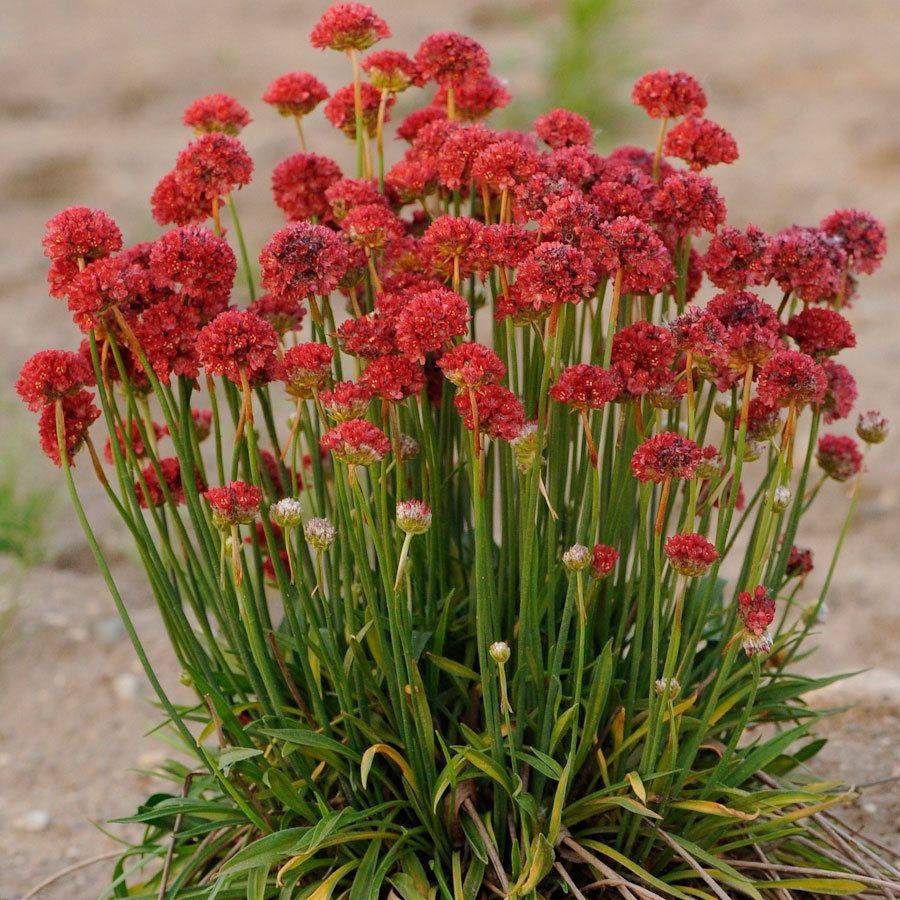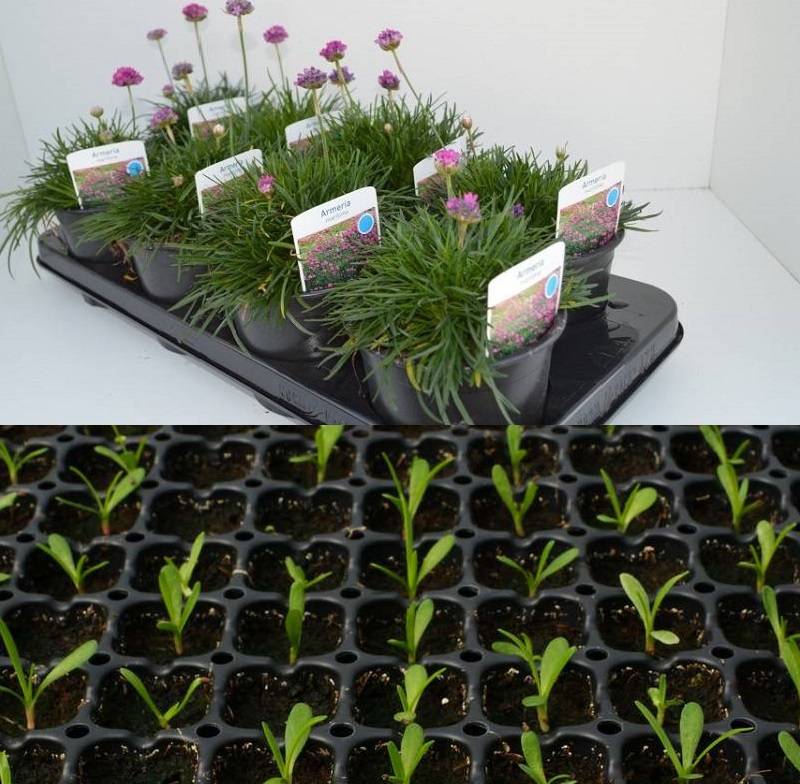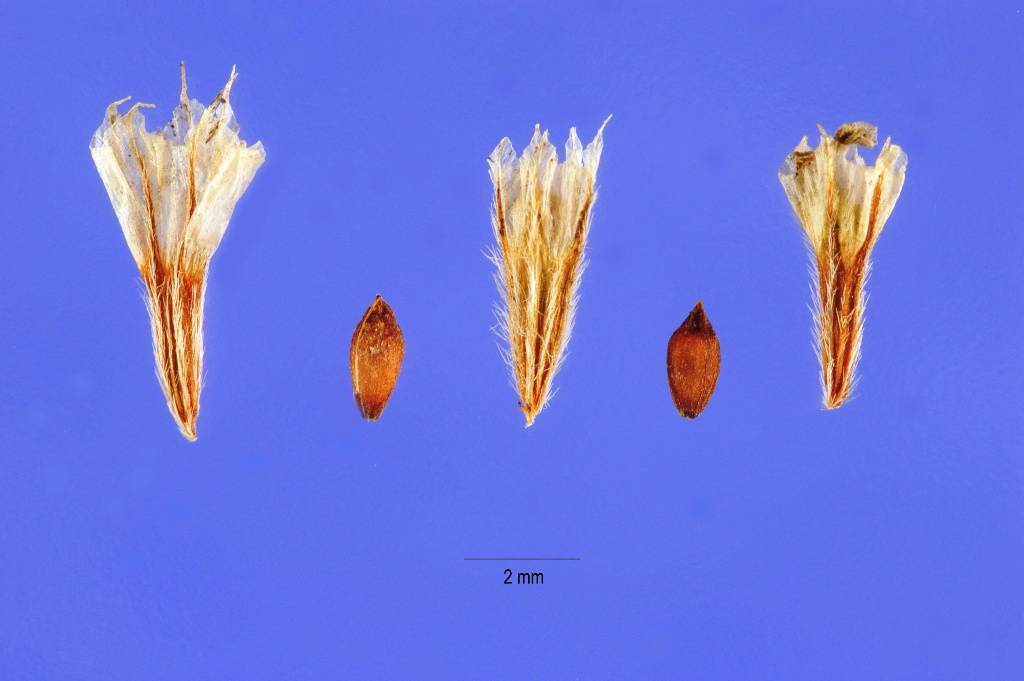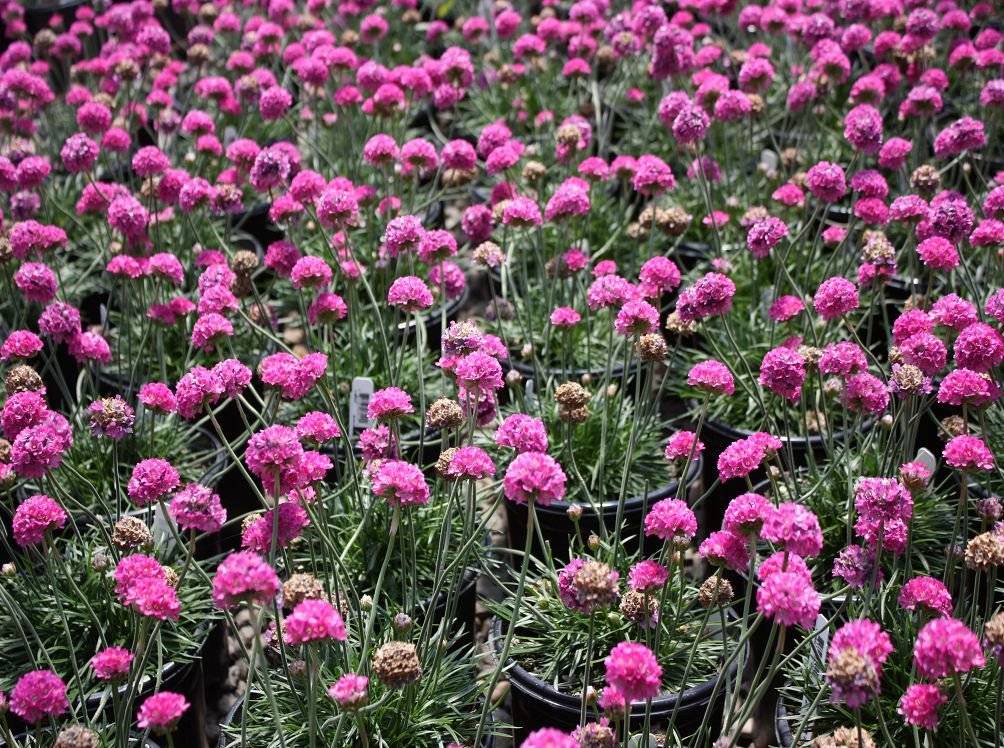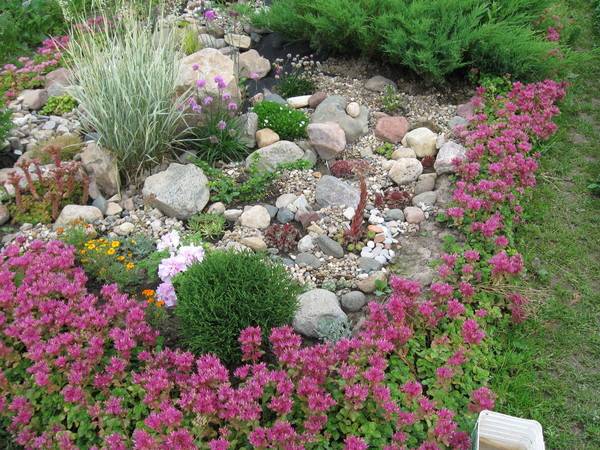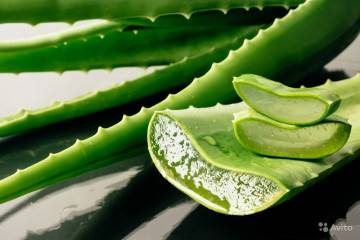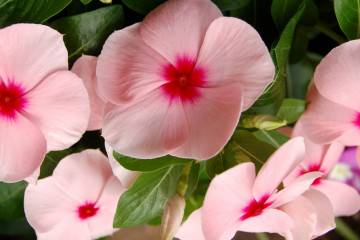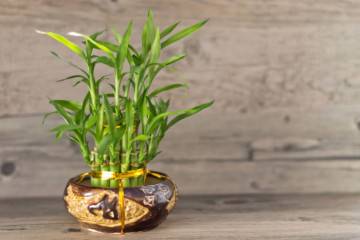Armeria flower - planting and care, varieties
Content:
The Armeria flower is quite popular with florists. It is a beautiful plant with dense greenery and vibrant, lush buds. The variety of varieties, uniqueness, brightness and ease of care attract floriculture enthusiasts and force them to purchase this flower for their garden plot. It is also very important that this unpretentious flower can grow in almost any region. This pleases those who live in areas with cool climates and long, harsh winters, since for such growers the choice of flowering plants is not as wide as for those who live to the south.
Description of armeria: varieties and varieties
General botanical description of armeria:
- The life form is a herbaceous bush, the height of which does not exceed 15-20 cm, and the width is 15 cm.
- The shrub consists of flat bluish-green leaves that grow from a basal pineal rosette.
- On high peduncles (about 20 cm) in the bush there are also beautiful spherical inflorescences consisting of medium-sized flowers.
Varieties of seaside armeria are striking in their diversity, they differ in color, splendor, but each of them can become a real decoration of a flower bed or any flower arrangement. About 10 plant species are most often used to decorate flower beds.
Alpine armeria
Perennial, the leaves of which reach 15 cm in length, and in width can grow up to 30 cm. Leaf plates are linear-lanceolate. Most of them are able to survive in winter under snow cover.
Inflorescences up to 3 cm in diameter, flowers are pale pink, located on peduncles up to 30 cm high. The flowering period is from early to late June.
The varieties of this species are Alba with white flowers and Rosea with deep pink flowers.
Armeria maritima
From the name it is clear that this species in nature prefers to grow on the seashore. Most often, the height of the bush reaches no more than 20 cm, the diameter of the root rosette is similar to the height. The leaf plates are narrow, greenish-blue.
Inflorescences are purple-pink balls. Flowering lasts about 1.5 months and begins in the second half of May.
Common varieties:
- Louisiana Armeria (pink flowers);
- Dusseldorf Storz (dark red flowers);
- Vindictive (red flowers);
Armeria is beautiful (pseudo-armeria)
The maximum height of the bush is 40 cm, root rosettes consist of evergreen leaf plates. Flowers in pink or white inflorescences. Long bloom - from early June to late August.
Armeria juniper (soddy)
He is a native of Spain and Portugal. This perennial flower of armeria is undersized - the height of the bush reaches 15 cm. The leaf plates are narrow, the basal rosette reaches 20 cm. The inflorescences are pink or red heads. Peduncles are about 6 cm long.Flowering occurs in mid-summer and lasts about 1.5-2 months, abundant and lush.
His most popular hybrid is Zyunderman's Armeria.
Armeria ordinary (garden)
Reaches more than half a meter in height. Leaves are linear, entire, about 12.5 cm long. Peduncles are naked, long, on them are capitate inflorescences with carmine-pink flowers. One bush gives up to 40 inflorescences per season.
Lovely
The beautiful armeria are characterized by: compactness of the rosette, erect shoots and large, up to 5 cm in diameter, inflorescences. This variety blooms for a long time, until the onset of the first autumn frosts.
Ballerina
This variety received the Floroselect gold medal in 2009. In the first year after planting, it blooms in mid-July. In subsequent years, it begins to bloom earlier, in late spring - early summer. The size is small, the rosette reaches about 20 cm in diameter, the height of the bush is about the same. The flowers are white, delicate, collected in neat inflorescences of the head.
This view is ideal for alpine slides and rockeries. At the age of 5-6 years, mandatory rejuvenation is required by dividing the bush.
There are many hybrid varieties based on this popular variety.
- Anna Maria is a perennial, the maximum height of which is 30 cm. The flowers are collected in standard head inflorescences, the color options are different - white, pink, carmine. The diameter of the inflorescence is 5-6 cm. Flowering occurs in May and lasts until the end of July. In the southern regions, re-flowering is possible in early September;
- Armeria Prickly - tall peduncles can reach half a meter in height. Delicate lilac flowers combine very effectively with most garden plants. A distinctive feature is that the peduncles are not smooth, but covered with small scutellum-thorns.
In addition, popular are: Japanese, Siberian, prickly, bulbous, armada, magnificent, armeria Ballerina Red, Ballerina Lilak, etc.
Planting site, soil
Despite the fact that armeria is a completely unpretentious plant, there is a certain number of rules that should be followed in order for this flower to feel most comfortable in the summer cottage. The landing site should be chosen open, with good sunlight.
The soil is preferable light, loose, moderately moist. Before planting a flower, you need to add mineral and organic fertilizers to the soil several times.
In addition, the soil must necessarily be light and loose, in heavy soil moisture accumulation and stagnation is possible, which the flower categorically does not tolerate. Therefore, if the soil is heavy, it is worth organizing additional drainage. For self-preparation of the soil mixture, you will need a greenhouse mixture, river sand and sod, taken in approximately equal proportions. Armeria, planting and caring for it in the open field are simple, even a beginner can master the process of reproduction and growing a flower.
Sowing seeds in open ground
Sowing in open ground is carried out when it is necessary to get a lot of plants at once or when there is a desire to have different new varieties on its site. Seeds are planted in open ground in early spring or late autumn.
Step-by-step instruction:
- Choose and prepare a landing site.
- Choose the right soil or prepare the substrate yourself.
- Spread the seeds over the surface of the loosened soil, lightly tamp the soil and sprinkle with a small layer of earth.
In the future, the plant will reproduce well by self-sowing. When sowing seeds, flowering will occur only in the next season.
Planting Armeria seedlings in open ground
Planting seedlings in open ground is carried out as soon as the threat of night frosts has passed. In Central Russia, this is usually the end of May. Young plants are planted at a distance of 30-40 cm from each other. If the flowers are planted so that they form a carpet as they grow, the distance is halved.
Watering and loosening the soil
Despite the fact that planting and caring for an army in the open field will not cause difficulties, a minimum of recommendations should be followed. The flower is able to survive periods of drought, but it is still recommended to water it from time to time.
In a particularly dry season, it will be useful to spray the leaves and flowers with a spray bottle or a special garden spray. The bush will grow and develop if the soil around it is loosened occasionally.
Reproduction methods
The plant propagates in three ways: seed, dividing the bush and cuttings.
Seeds
The seeds can be sown directly in open ground. Germination is good, but to improve it even more, you can place them in a vessel with warm water for 8 hours before planting.
If you do not want to sow seeds directly into open ground, you can first place them in special boxes that will be in a warm place. After emergence, young plants can be dived into the greenhouse.
Cuttings
For cuttings, small rosettes are cut from adult bushes. They are immediately planted in the ground. A small hole is pulled out into which the cuttings are placed, sprinkled with soil, compacted and watered. This procedure can be carried out throughout the summer season.
Division
For reproduction by division, you will need adult bushes, the minimum age of which is 2 years. The division is carried out in the fall, after the end of the flowering period of the armeria.
The bush is dug up and neatly divided into parts. It is necessary to carefully examine the root system for damaged, rotten, dried out areas and remove them. It is better to treat the root system with a disinfectant. All the parts obtained are planted in holes at a distance of 20 cm from each other.
Top dressing and transplanting
Top dressing is made with a complex mineral fertilizer for flowers before and during flowering. During the season, 2 additional dressings will be enough. It is worth being careful and adding substances to the soil strictly according to the instructions so as not to damage the root system of the flower. It is also not worth doing this too often.
Pruning armeria
Pruning a herbaceous plant involves the timely removal of wilted inflorescences and dried leaves. This will help prolong the flowering period and give the bush more decorative effect. No other pruning is required. This will be enough.
Pests and diseases
Armeria is a flower with high immunity to most diseases. Only if the rules of elementary care for armeria are not followed (alkaline soil, heavy soil, stagnant moisture), can spotting appear. In this case, the damaged parts are removed, and the bush itself is sprayed with a special fungicide solution.
A pest that can upset a grower who breeds a plant is aphids. Insecticides will help fight it.
How to prepare for wintering
Most species of armeria calmly endure frosts under a snow cover and do not need shelter. The exception is turfy armeria, which needs careful wrapping. It is also necessary to cover flowers in those regions where winters have little snow and the snow cover periodically melts. To do this, you can use spruce branches, peat or special breathable material.
Flowering period and care after
During the flowering period, you need to take care that wilted inflorescences are removed in time, the soil remains moderately moist and loosened, you also need to feed the flower with mineral fertilizer. After it, it is required to remove all peduncles, continue to occasionally loosen and water the soil. No special action is required.
Use in landscape design
Armeria is an unpretentious and showy plant that is widely used in landscape design. It is planted both as single bushes and as a carpet covering a certain part of the garden plot. It looks great in alpine slides and rockeries. It is even placed between the stone slabs of the garden paths.
Designers are especially pleased that the flower can be grown in any region - from the southern regions to Siberia. The bushes look most impressive next to phlox, periwinkle, creeping thyme, rocky beetroot. As a curb plant along garden paths, around flower beds or flower beds, Armeria also looks very impressive.
Armeria seaside is a flower that is ideal for flower growers who are just starting their way in gardening. It will also fall in love with those who do not have too much time to decorate their summer cottage, but want to come there and enjoy the bright, lush flowering of unpretentious bushes. Also, residents of almost any region can rejoice.

